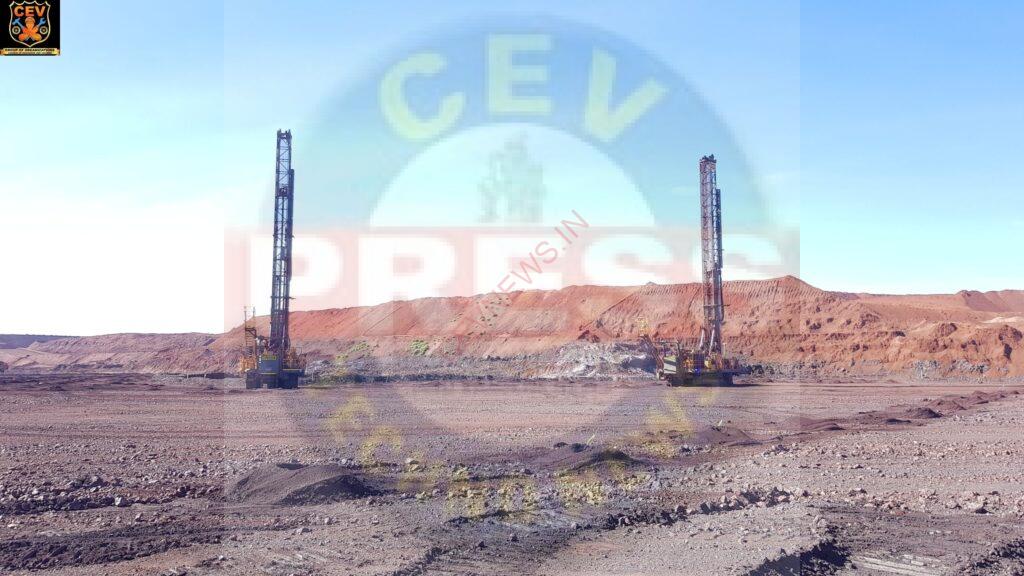ENHANCING PRODUCTIVITY WITH HIGH-SPEED DRILLING TECHNIQUES
Enhancing Productivity with High-Speed Drilling Techniques
In India, the quest for productivity improvement in various industrial sectors has led to a significant focus on high-speed drilling techniques. These techniques aim to maximize efficiency, reduce downtime, and enhance overall output. Let’s delve into how these methods are revolutionizing drilling operations across the nation.
Introduction to High-Speed Drilling Techniques: High-speed drilling involves the use of advanced machinery and cutting-edge technology to drill holes at significantly higher speeds than traditional methods. It encompasses various approaches, including increased rotational speeds, optimized tooling, and enhanced cooling systems.
Key Benefits of High-Speed Drilling:
- Improved Efficiency: By drilling at higher speeds, projects can be completed in less time, leading to improved overall efficiency.
- Reduced Downtime: Faster drilling means less time spent on each task, reducing downtime and increasing the utilization of machinery.
- Enhanced Precision: Advanced technology enables precise control over drilling parameters, resulting in greater accuracy and consistency.
- Cost Savings: Increased productivity translates to lower labor costs per project and reduced energy consumption.
- Competitive Advantage: Adopting high-speed drilling techniques can give companies a competitive edge by enabling them to fulfill orders more quickly and efficiently.
Applications Across Industries:
- Automotive Sector: High-speed drilling is extensively used in the automotive industry for manufacturing components such as engine blocks, transmission housings, and brake components.
- Aerospace Industry: In aerospace manufacturing, where precision and efficiency are paramount, high-speed drilling techniques play a crucial role in fabricating aircraft structures and components.
- Construction and Infrastructure: High-speed drilling is employed in construction projects for tasks such as creating holes for pipelines, anchors, and structural elements.
- Oil and Gas Exploration: The oil and gas sector utilizes high-speed drilling for exploratory and extraction purposes, enabling faster and more cost-effective well drilling.
Challenges and Considerations:
- Equipment Investment: Adopting high-speed drilling requires investment in advanced machinery, which may pose initial financial challenges for some businesses.
- Training and Skill Development: Proper training is essential to operate high-speed drilling equipment effectively and safely. Companies need to invest in workforce development programs to ensure skilled personnel.
- Maintenance Requirements: High-speed drilling equipment often requires more frequent maintenance due to the increased stress on components. Establishing robust maintenance protocols is crucial to maximize equipment lifespan and minimize downtime.

Future Outlook: As technology continues to evolve, the future of high-speed drilling in India looks promising. Advancements in materials science, automation, and digitalization are expected to further enhance productivity and efficiency in drilling operations. Additionally, initiatives to promote skill development and technological innovation will play a vital role in driving widespread adoption across industries.
High-speed drilling techniques are transforming the landscape of industrial operations in India, offering unprecedented levels of efficiency, precision, and cost-effectiveness. By embracing these innovative approaches, businesses can stay ahead of the curve in an increasingly competitive global market while contributing to the nation’s economic growth and development.


